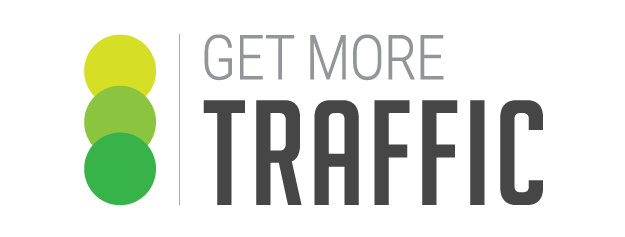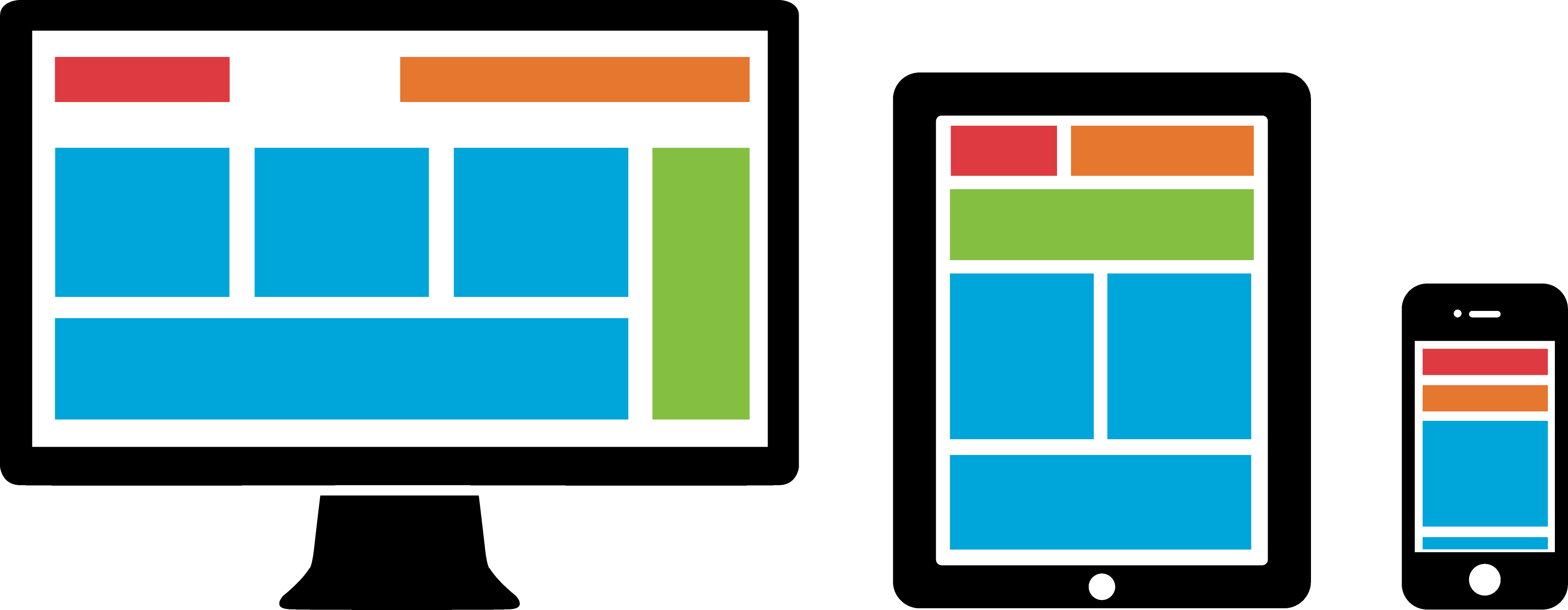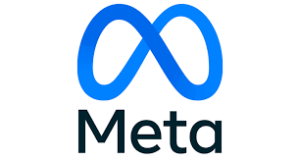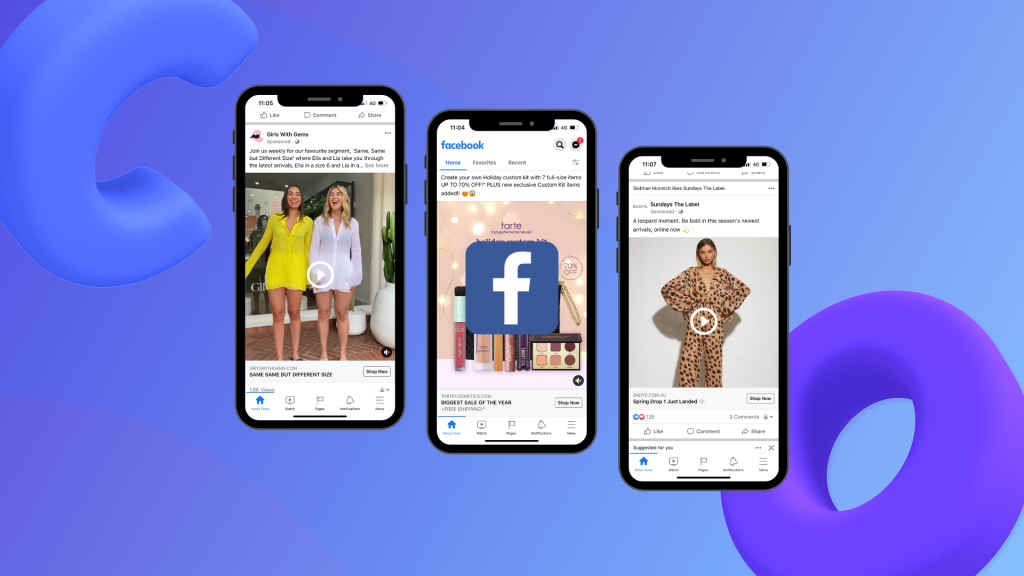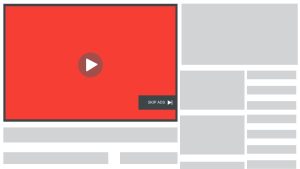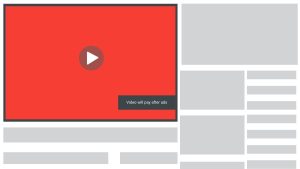We’re in the final stretch of 2017, and in a mere two months we’ll be bringing in the new year. Businesses need to be on point in regards to brand awareness and marketing towards new customers.
Social media trends that were standard practice this year may be left behind and give way to new trends.
It’s vital within the online sphere to stay ahead of the competition and know what to expect going forward into 2018. Not keeping up means being left behind, and lagging behind means missing out on potential new business.
So, it’s out with the old and in with the new!
Your content needs frequent and even distribution. Meaning, you cannot let you or your brand’s online visibility waiver for too long. People are fickle, and move on quickly. If this means hiring or outsourcing someone to produce written or visual content then so be it, it’s a must in our changing world.
Additionally, numerous social media tools can make it easier for you to get an active presence. Looking ahead to the new year, you have to strengthen your social strategy. Learning to keep a pulse on current trends will only be for the benefit.
So, let’s look at five social media trends that you should be ready for in 2018.
Mobile Optimisation
Mobile optimisation is no longer a choice it’s a requirement. At GMT we have had clients come on board with excellent websites but a terrible mobile experience. This can no longer be the case. It’s predicted that more than 59 percent of people are accessing Facebook via their mobile, and by the year 2020, this will rise to 80 percent.
And, while Google may be the doorway to the internet, Facebook has become the open window. Meaning, people are finding business via their Facebook, and that means your site needs to work seamlessly on mobile should you be involved in any type of Facebook marketing (and if you’re not, why aren’t you?)
Videos Will Increase In Content Strategy
2017 proved that video content became the norm, and next year will further drive that home. As social algorithms keep updating, it’s important to flow with the trends. Try making use of video captioning services to make your videos more engaging. The aim is to have SEO-friendly and searchable videos that make users choose your content over others.
Invest In A Chatbot
A chatbot can save you both time and money. This customer service tool gives you a new level of interaction and allows you to customise your online voice.
As of now, there are more than 100 000 active chatbots on Facebook Messenger, exchanging more than two billion messages between brand and audience each month! In 2018, this will only increase and soon become a requirement, as the general shift towards immediate online inquiry becomes a reality.
Diversify Your Platforms
If you’ve put the effort into cultivating a good Facebook page then I commend you, but I’m afraid you’re not finished! Have you got an active Instagram account? Are you on Snapchat?
In order to appeal to a younger demographic, you need visibility on both platforms. It doesn’t need to be a massive investment, it just requires some time. People are immediately more attracted to a brand that exists in other spheres.
Meeting a client for coffee? Snap a photo! Visiting a work site? Keep your audience updated! With a smartphone in your pocket, you’re carrying around an HD camera, and there’s no more reason not to use it!
Content Personalisation
When browsing online, people are looking for content that’s relevant to their needs. As internet users we all look for brands we like online, we don’t want generic content that offers nothing new.
As a brand, your first task should be determining who your audience is, and once that’s done everything you do content-wise should be aimed towards that audience. Remember who’s looking for you and make yourself easy to find.
Dollar Shave Club has perfected this theory, and are my favourite content personalisation case study. Entering a marketplace as crowded as razor blades, they ensured they defined their voice and then created content specifically for that audience.
As a business, work out who makes use of your products or services and tailor make your content just for them even at the risk of alienating a wider berth.
There are so many opportunities for audiences to connect with brands via social media. You can create and then distribute content as well as build a following on these channels. However, you need to stay on top of the ebbs and flows that come with an online content strategy in order to guarantee success.
You’ve got 60 days until 2018, so let’s get started! Call GMT on 1300 332 256, and we’ll work with you every step of the way!
